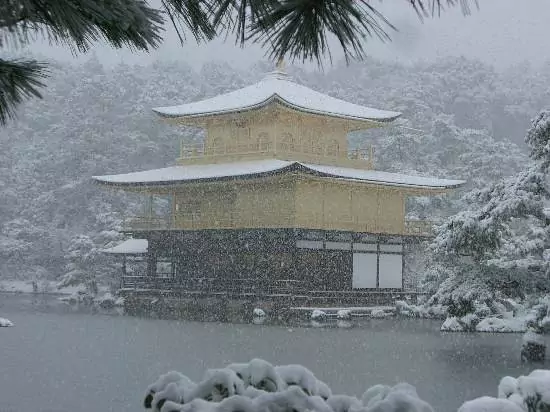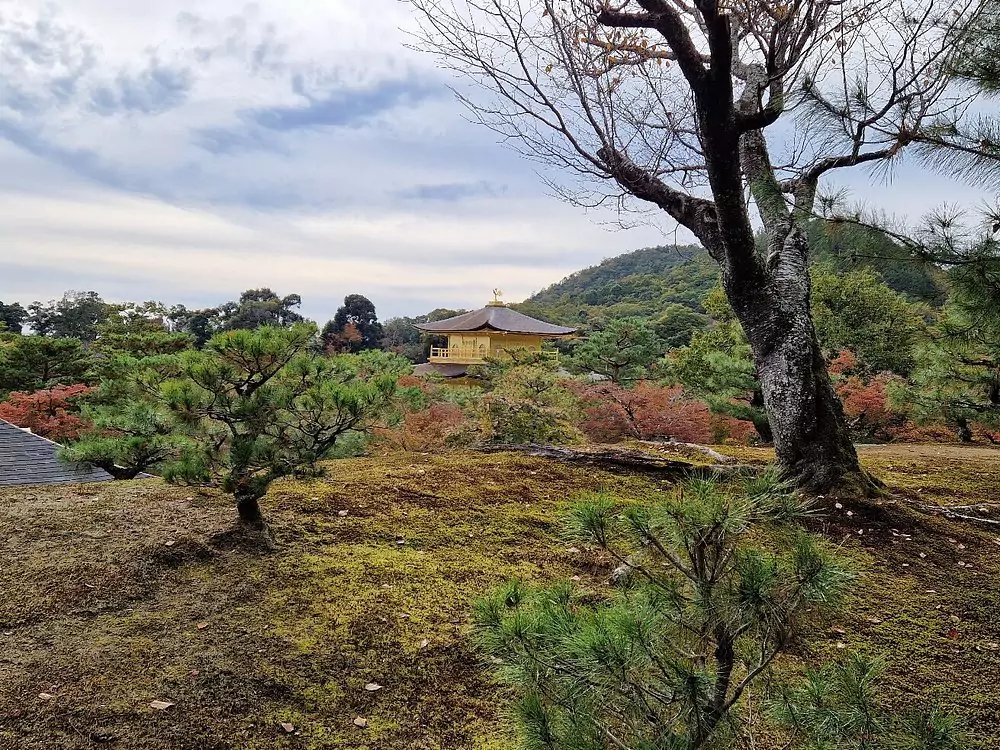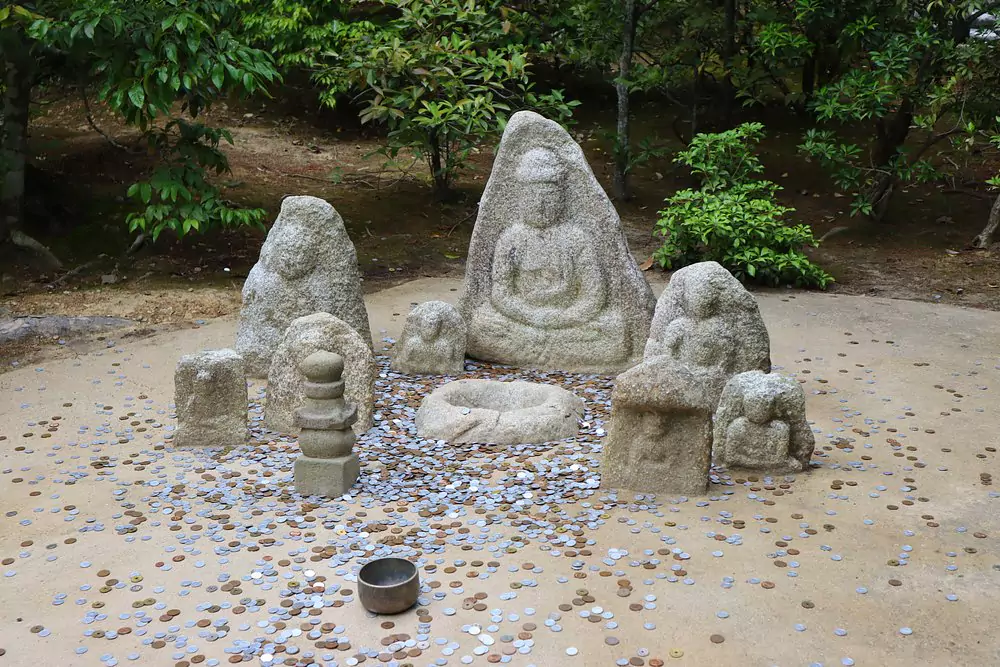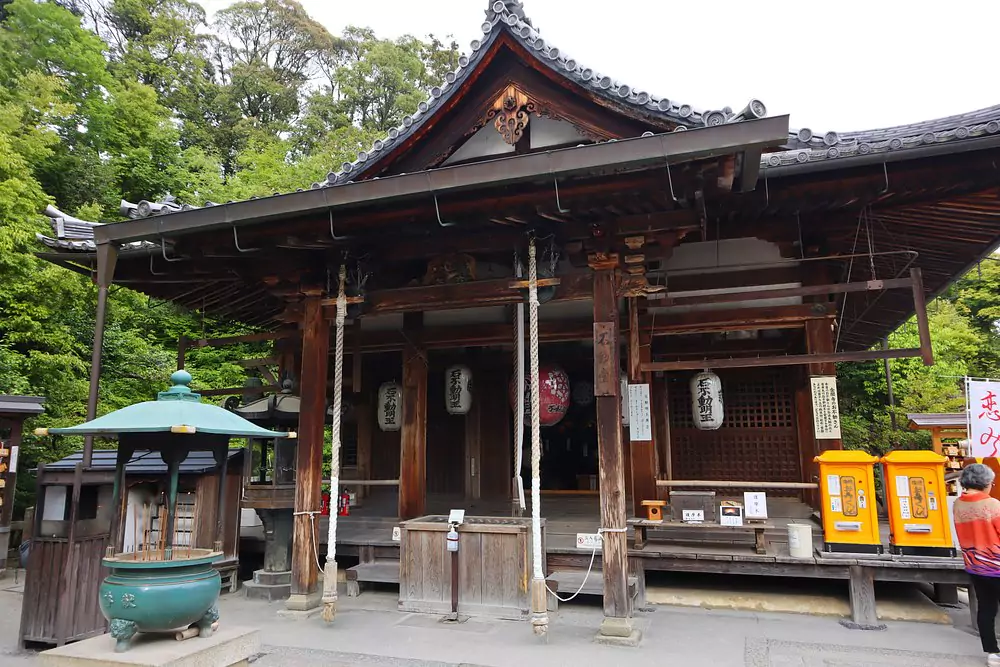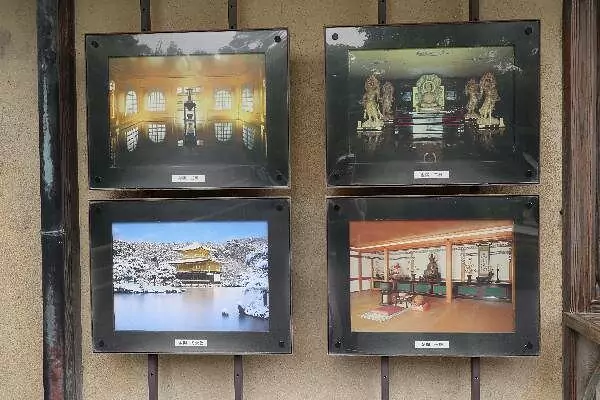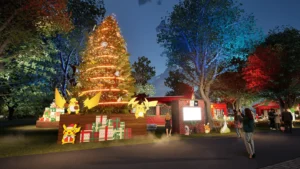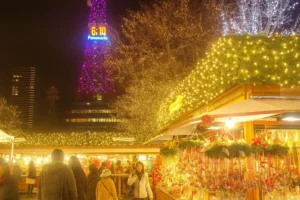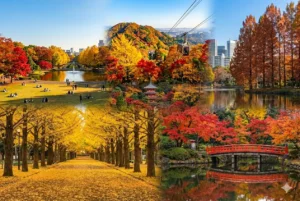Have you ever seen a building so beautiful it looks like it’s made of gold? That’s the magic of the Kinkakuji Temple in Kyoto, Japan. Known as the Golden Pavilion, this breathtaking structure draws in over nine million visitors every year—and once you see it, you’ll understand why. But beyond its glittering exterior lies a story of history, culture, and deep serenity that makes it much more than just a pretty sight.
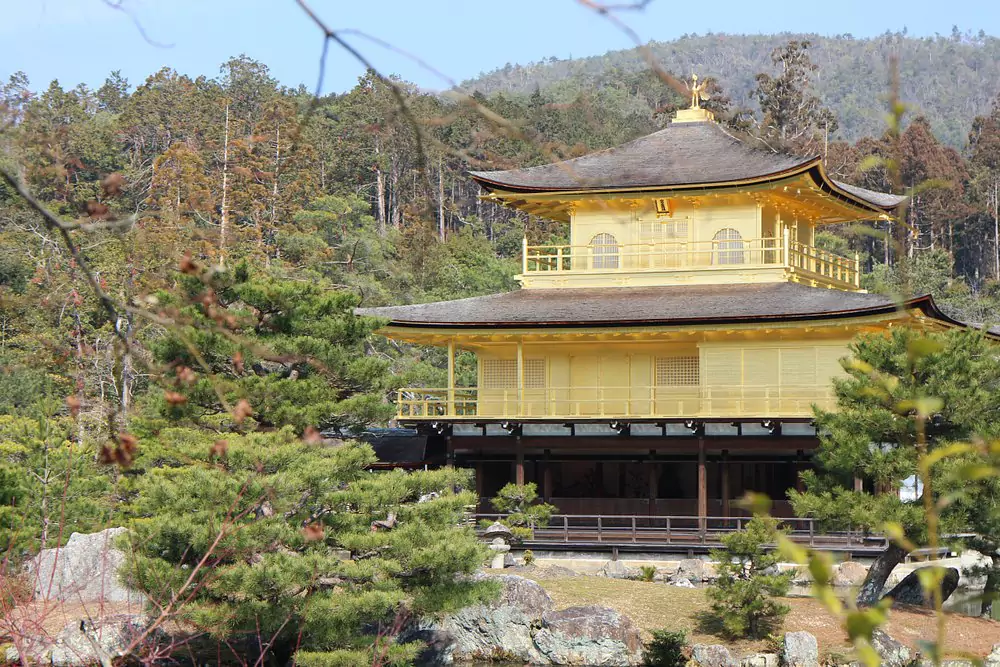
Table of Contents
What Is the Kinkakuji Temple?
The Kinkakuji Temple, also called the Golden Pavilion, is a Zen Buddhist temple located in northern Kyoto. Its top two floors are covered in real gold leaf, making it shimmer beautifully in the sunlight and reflect on the surface of the pond beside it. Originally built in 1397 as a retirement villa for a shogun, it was later converted into a temple and has since become one of Japan’s most iconic landmarks.
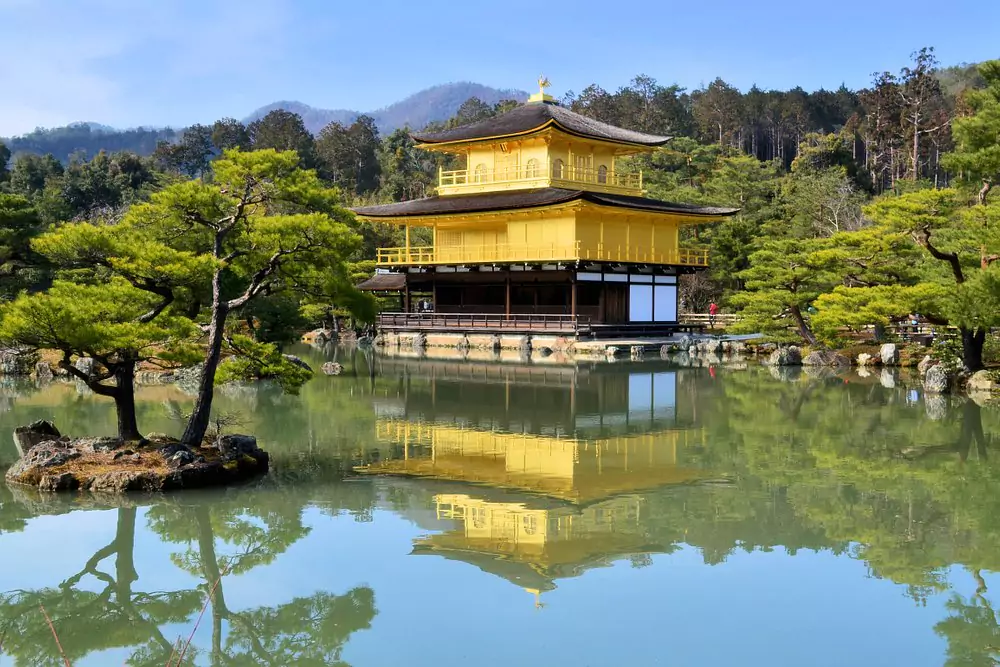
The Story Behind the Gold
What makes the Kinkakuji Temple so special isn’t just its sparkling facade, but its deep historical roots. The original building was part of a luxurious estate for Ashikaga Yoshimitsu, a powerful shogun. After his death, it became a Zen temple following his wishes.
The golden design represents paradise in Pure Land Buddhism. Gold was chosen not just for beauty but to purify negative thoughts and promote peace. Unfortunately, the original structure burned down in 1950 and was rebuilt in 1955, staying true to its original look.
What Can You See at Kinkakuji Temple?
When you visit, the experience is about more than just the Golden Pavilion. Here’s what else you can enjoy:
- Mirror Pond (Kyōko-chi): The pond reflects the temple, creating picture-perfect views in all seasons.
- Lush Gardens: Walk through beautifully manicured paths surrounded by pine trees, moss, and seasonal flowers.
- Sekka-tei Teahouse: A quiet place to rest and enjoy traditional Japanese tea.
- Statues for Good Luck: Toss coins and make wishes at various small shrines throughout the grounds.
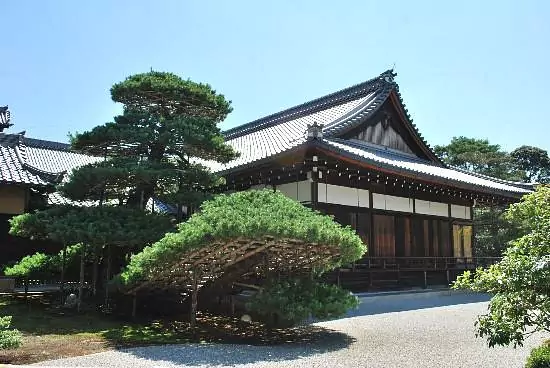
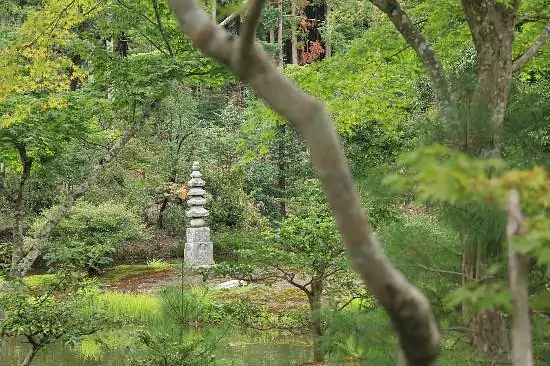
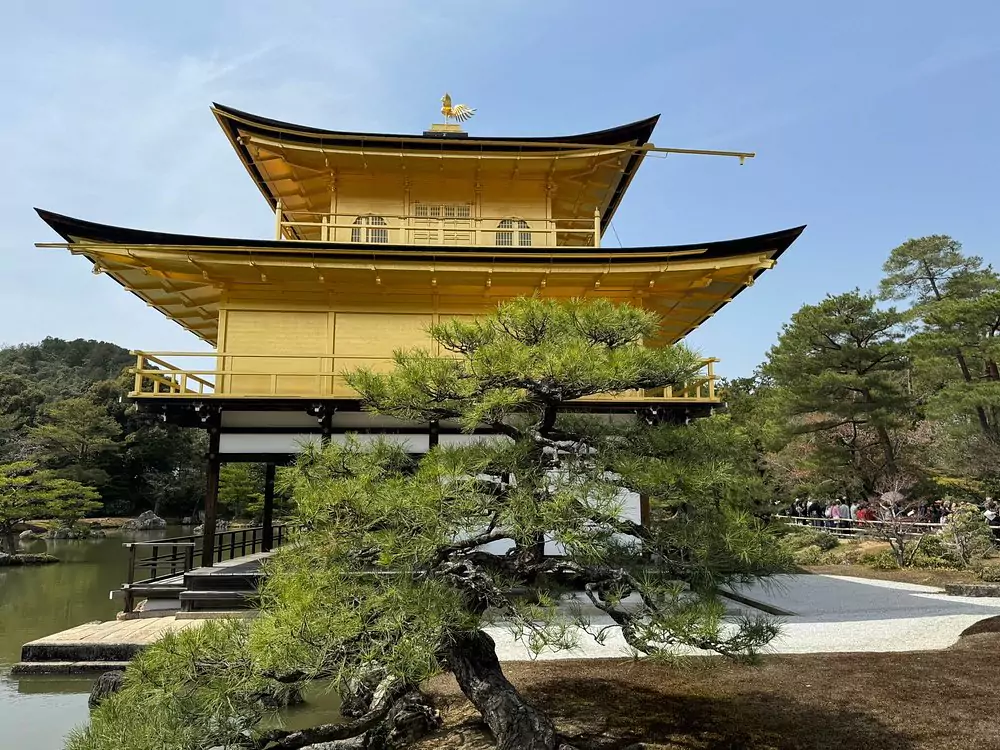
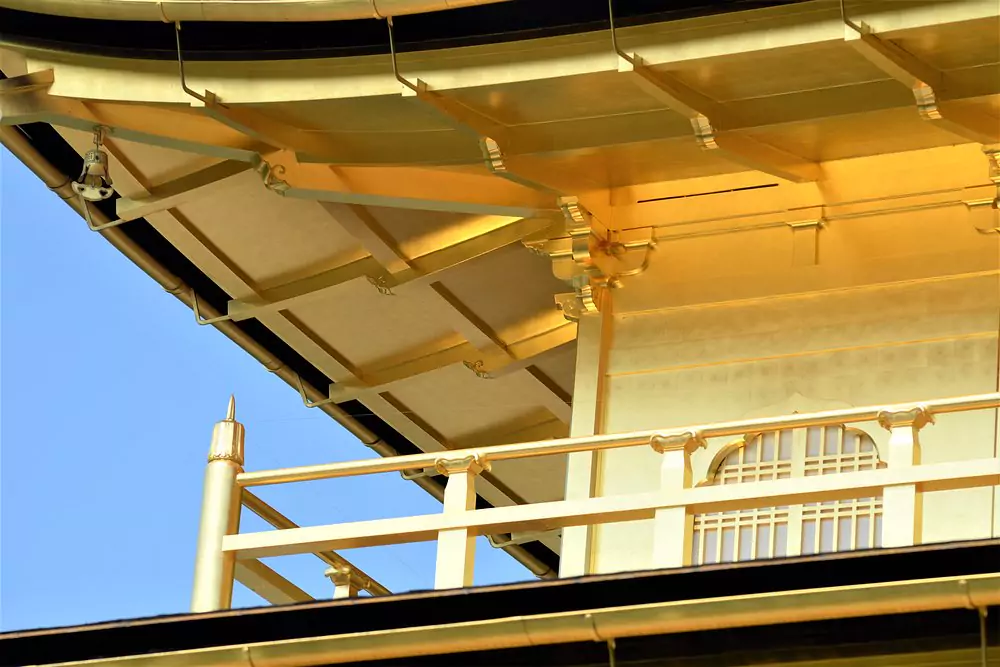
Best Time to Visit the Kinkakuji Temple
Every season transforms the temple grounds into a completely new and captivating scene:
- Spring: Cherry blossoms in full bloom make the golden temple even more striking.
- Summer: Green trees and blue skies make it feel peaceful and alive.
- Autumn: Fiery red and orange leaves offer the most dramatic contrast with the gold.
- Winter: Snow on the roof gives the temple a fairytale charm
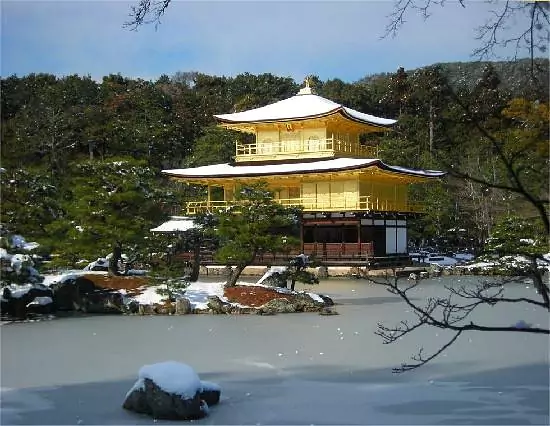
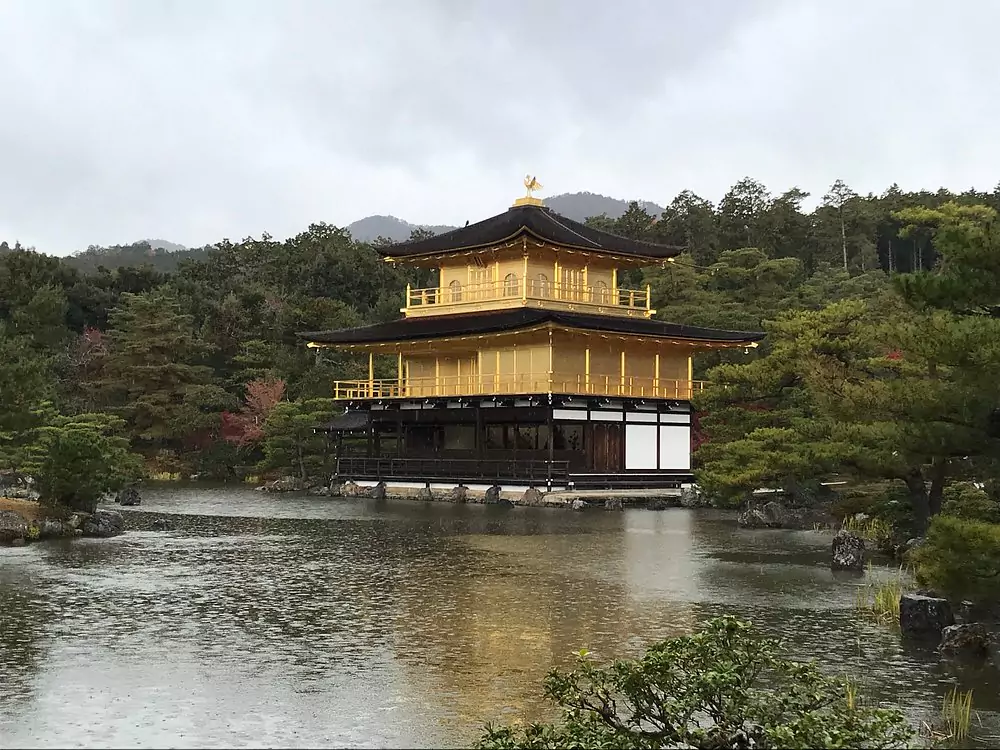
Pro tip: Visit early in the morning to beat the crowds and catch soft morning light for the best photos.
Tips for Your Visit
Here are a few things to keep in mind when planning your visit to the Kinkakuji Temple:
- Opening Hours: 9:00 AM to 5:00 PM daily
- Admission Fee: Around 500 yen for adults
- No Inside Access: The temple is for viewing only; the inside is not open to the public
- Bring a Camera: But remember, drones are not allowed
- Respect the Space: It’s a spiritual site, so speak softly and act respectfully
Why Do 9 Million People Visit Every Year?
The Kinkakuji Temple is more than a tourist spot—it’s a place where you feel Japan’s soul. The perfect blend of nature, art, and history creates an atmosphere that appeals to all ages and cultures. Whether you’re a history buff, a photography lover, or someone seeking peace, this golden gem has something for you.
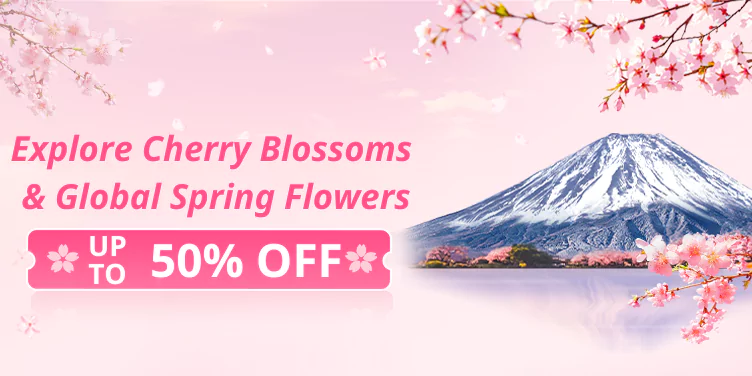
Nearby Attractions
Looking to experience the best that Kyoto has to offer ? Several fascinating spots lie just a short distance from Kinkakuji Temple and are well worth exploring during your Kyoto adventure:
- Ryoanji Temple: Famous for its Zen rock garden
- Ninnaji Temple:Recognized as a UNESCO World Heritage Site, this remarkable destination showcases exquisite traditional architecture and peaceful temple grounds .
- Arashiyama Bamboo Grove: A magical path through towering bamboo
- Kyoto Imperial Palace: Step into the rich legacy of Japan’s emperors as you explore the palace grounds, steeped in centuries of tradition and history .
If you’re looking to extend your adventure, be sure to check out this helpful guide on the best places to visit from Kyoto. Whether you’re craving peaceful countryside escapes or exploring vibrant local towns, this guide offers everything you need to craft memorable day trips outside Kyoto click Here .
Cultural Etiquette and Mindfulness at the Temple
When visiting the Kinkakuji Temple, it’s important to be mindful of Japanese customs and traditions. The temple is not just a historical monument but also a sacred place for many. Visitors are encouraged to walk quietly, refrain from eating or drinking in undesignated areas, and avoid touching any part of the temple structures. Wearing respectful attire and showing appreciation for the tranquil environment goes a long way in enhancing your experience. Japanese culture places a strong emphasis on harmony with nature and others, and by following these unspoken rules, you contribute to preserving the peaceful ambiance for everyone.
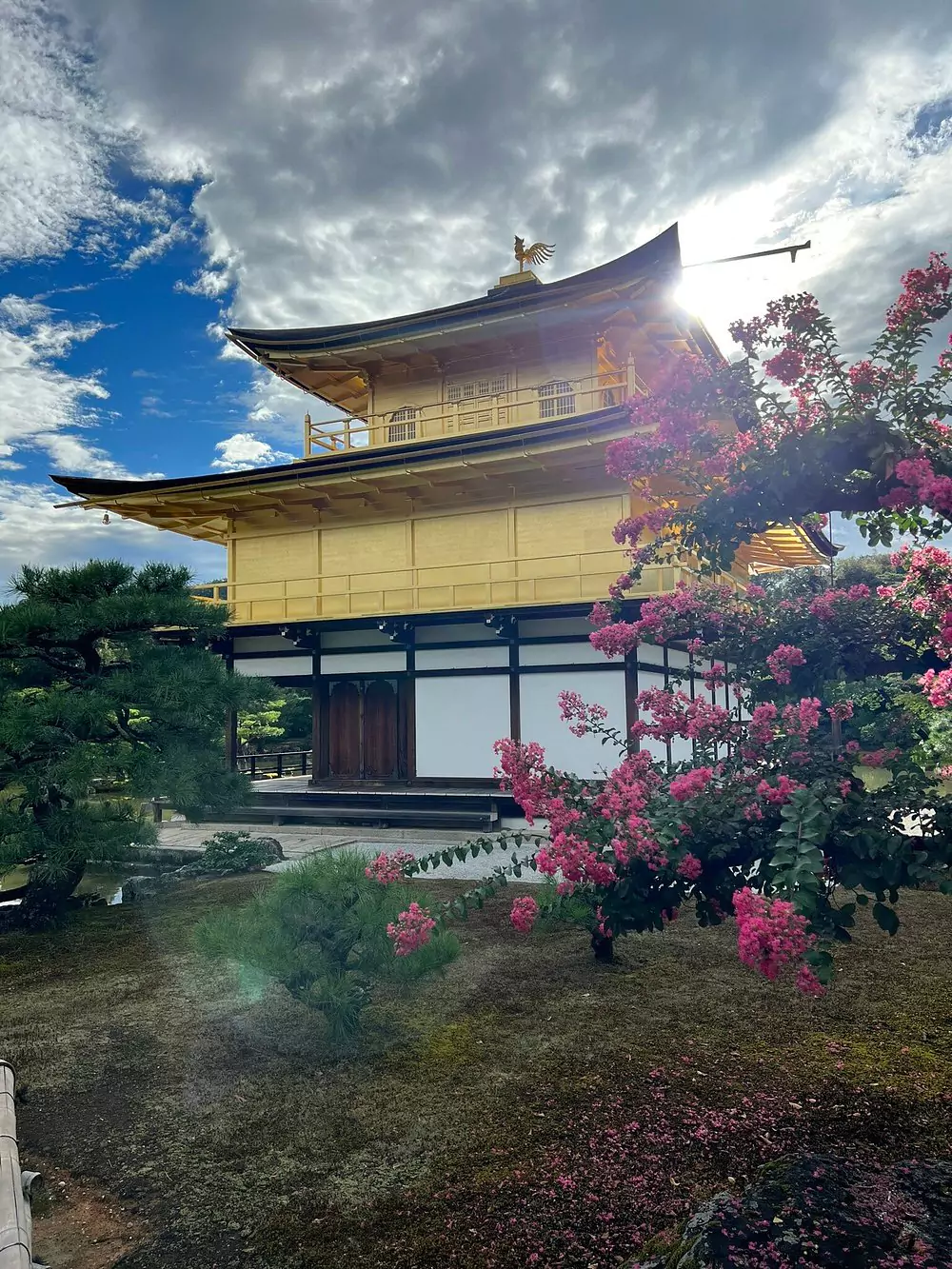
Photography Tips for Capturing the Perfect Shot
As one of Japan’s most iconic photo spots, Kinkakuji Temple invites visitors to capture its golden beauty—so don’t forget your camera.To capture breathtaking photos, try visiting in the early morning or late afternoon when soft natural light enhances the temple’s glow and visitor numbers are lower. Use the reflective surface of the Mirror Pond to capture the temple’s golden image shimmering in the water. Don’t forget to explore different angles—some of the best perspectives come from the garden paths or slightly elevated spots. If you’re using a phone, switch to HDR mode to balance out bright sunlight and shadow details. These small tips can help you capture the serenity and splendor of Kinkakuji in every frame.
Conclusion
The Kinkakuji Temple is not just a symbol of Kyoto; it’s a symbol of Japan. With its shimmering gold facade, peaceful surroundings, and deep spiritual meaning, it’s no wonder that millions of people come from all over the world just to see it. Whether it’s your first time in Japan or your tenth, Kinkakuji promises an experience you’ll never forget.
So, are you ready to witness the Golden Pavilion in all its glory?
FAQs
Q1: Can you go inside the Kinkakuji Temple?
No, visitors are only allowed to view the temple from the outside.
Q2: Is Kinkakuji Temple part of UNESCO?
Absolutely, it’s part of the 17 Historic Monuments of Ancient Kyoto designated by UNESCO for their cultural and historical significance.
Q3: How long does a visit usually take?
Most visits last about 45 minutes to 1 hour, depending on how much you explore the gardens.
Q4: What is the best time of year to visit?
The temple is especially stunning in autumn, from October to November, when vibrant foliage sets a vivid backdrop against its golden exterior.
Q5: Is the temple accessible by public transport?
Yes, you can reach it by bus or taxi from Kyoto Station easily within 30–40 minutes.
